#gloria petyarre
Explore tagged Tumblr posts
Text

'Bush Medicine Leaves' by Indigenous Australian artist Gloria Petyarre, born in 1942 in Utopia, Northern Territory
#bush medicine leaves#gloria petyarre#indigenous art#australian art#art#artwork#daily dose of art#womens art
22 notes
·
View notes
Text

'Bush Medicine leaves'
Gloria Petyarre Australian Aboriginal artist
68 notes
·
View notes
Text

Gloria Mills Petyarre, Untitled Rainbow, 2006.
5 notes
·
View notes
Text



Art Weekend - Bush Medicine Leaves by Gloria Petyarre
Kurrajong bush leaves inspired Gloria Petyarre throughout her career. The leaves were gathered by aboriginal women in the Anmatyerre region for medicinal uses, such as poultices and teas, and several members of Petyarre's family cultivated the 'bush medicine leaf' painting style. Layered, swirling brushstrokes were Patyarre's iconic motif and later in her career, she moved from finer style to larger expressionistic brushstrokes.
#my post#capsule wardrobe#capsule#fashion#style#minimalism#minimalist wardrobe#minimalist fashion#beige#red#yellow#orange#spring#aboriginal art#Bush Medicine Leaves#Gloria Petyarre#art weekend
5 notes
·
View notes
Text
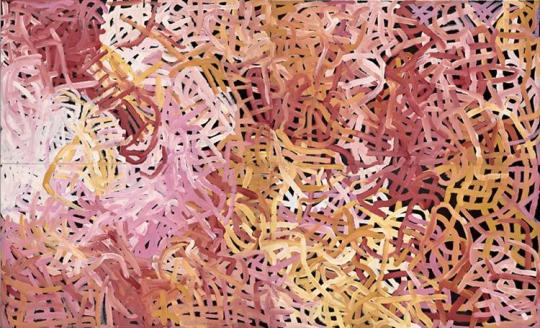

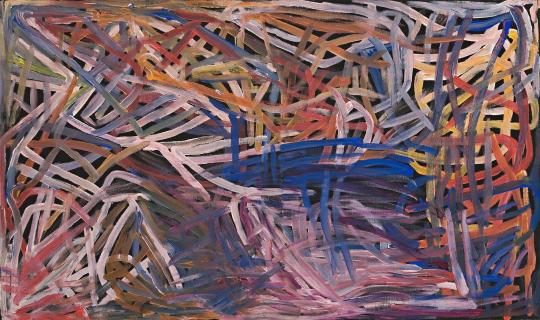
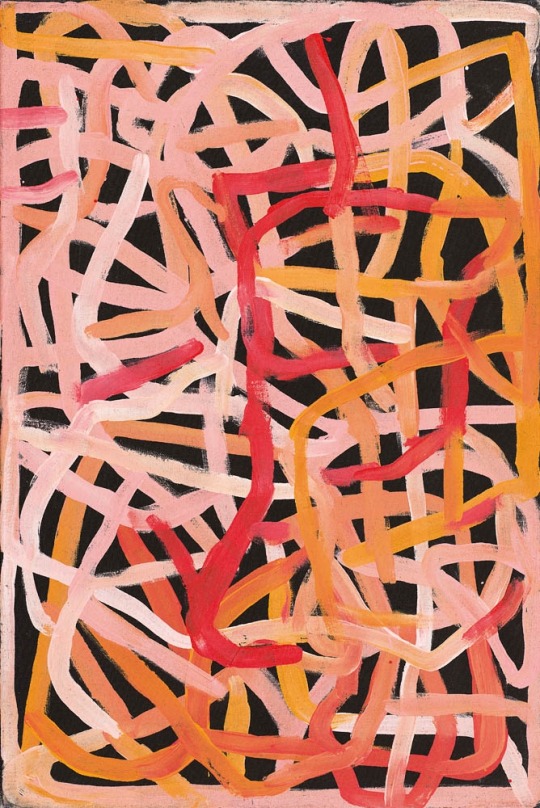
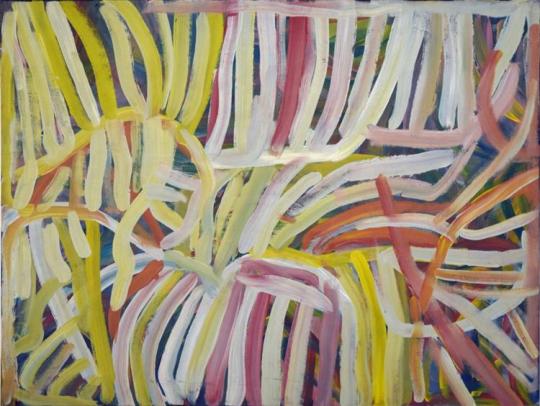

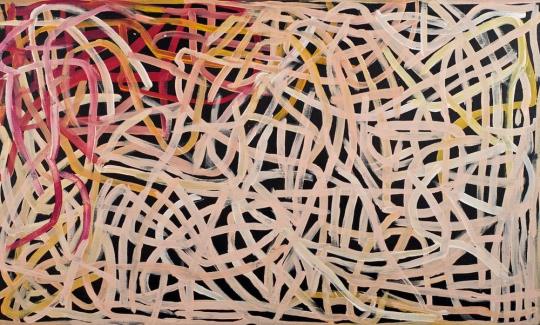
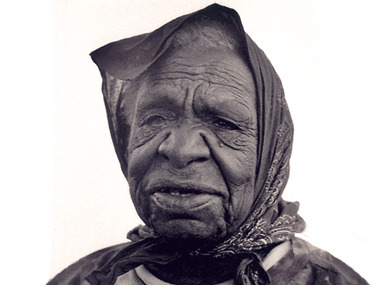
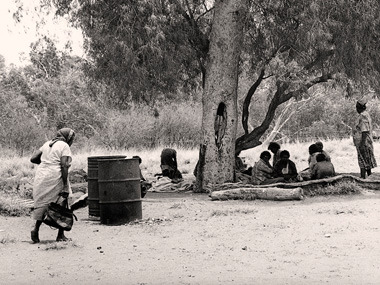
Emily Kame Kngwarreye (1910 – 1996) is considered one of Australias most significant artists. Amazingly, she only began painting with acrylics in her late seventies but in a few short years became an artist of national and international standing.
Emily was the first female painter to emerge from an art movement dominated by men and did so in a way that transformed Aboriginal painting. Employing a variety of styles over the course of her eight-year painting career, she painted her Country and sacred Dreamtime stories in a deeply emotional and expressive manner.
She was born around 1910 at Alhalkere (Soakage Bore), on the edge of the Utopia pastoral station, approximately 250km north-east of Alice Springs. Alhalkere was her fathers Country, and her mothers Country was Alhalpere, just to the east.
Despite being married twice, she had no children of her own but raised her relative Lily Sandover Kngwarreye and her niece Barbara Weir. Both becoming famous artists in their own right. Other nieces that also became famous artists include Gloria Petyarre, Kathleen Petyarre, Ada Bird Petyarre, Violet Petyarre and Nancy Petyarre.
Well before she became one of its most senior contemporary artists, Emily held a unique status within her community of Utopia. Her strong personality and past employment as a stock hand on pastoral properties in the area (at a time when women were only employed for domestic duties), reveals her forceful independence and trailblazing character.
Her age and ceremonial status also made her a senior member of the Anmatyerre language group. She was a senior custodian of cultural sites of her fathers country. She was considered the Boss Woman of the Alatyeye (pencil yam dreaming) and Kame (yam seed dreaming).
Emily started as a traditional ceremonial artist, beginning painting as a young woman as part of her cultural education. An important component of this education was learning the womens ceremonies, which are associated with in-depth knowledge of the Dreamtime stories and of womens social structures.
This knowledge is known as Awelye in Anmatyerre language. Awelye also refers to the intricate designs and symbols associated with womens rituals. These are applied to the womens upper chest, breasts and arms using fingers or brushes dipped into rich desert ochres.
Aboriginal art outside of ceremonial painting began in Utopia in 1977, when batik-making was introduced to women as part of an extended government-funded education program. In 1978, Emily was a founding member of the Utopia Womens Batik Group. In 1988, the Central Australian Aboriginal Media Association (CAAMA) completed its first project with the Utopia Womens Batik Group. This became an exhibition called Utopia - A Picture Story.
From the beginning, Emilys art stood out from the others. Rather than filling her batiks with Aboriginal symbols, she preferred patterns of layered lines and dots that revealed plant, figurative forms and cell like structures. The 88 silk batiks from this first project were acquired by the Holmes a Court Collection in Perth.
In the same year the CAAMA shop initiated The Summer Project, introducing the Utopia womens batik group to the use of acrylic paints on canvas. Among the 81 paintings completed was Emilys first artwork on canvas, Emu Woman.
Inspired by the many Dreamtime stories of which she was a custodian, Emily employed an extraordinary array of styles over the course of her eight-year painting career.
In her early works, Emily preferred the use of an earthy ochre colour palette, reflecting her experience of using natural ochres during ceremonies. Over time she expanded her repertoire to include a dazzling array of colours found in the desert landscape. Colours are significant in her paintings. Yellow, for example, often symbolises the season when the desert earth begins to dry up and the Kame (yam seeds) are ripe.
Her shifting styles also reveal her self-confidence and willingness to experiment with form, pictorial space and artistic conventions. She drew creatively from the geographic landmarks that traverse her Country and the Dreaming stories that define it. Whenever she was asked to explain her paintings, her answer was always the same:
Whole lot, that's the whole lot. Awelye (my Dreamings), Alatyeye (pencil yam), Arkerrthe (mountain devil lizard), Ntange (grass seed), Tingu (a Dreamtime pup), Ankerre (emu), Intekwe (a favorite food of emus, a small plant), Atnwerle (green bean), and Kame (yam seed). That's what I paint; the whole lot.
This is because she chose to present a very broad picture of the land and how it supports the Anmatyerre way of life. Her artworks embrace the whole life story of the Dreamtime, seeds, flowers, wind, sand and everything. Although her works relate to the modern art tradition, this resemblance is purely visual. The emphasis in Emilys paintings is on the spiritual meaning, based in the tradition of her people.
The evolving styles of Emily Kame Kngwarreyes paintings
Emily started to paint in 1988. Her early style featured visible linear tracings following the tracks of the Kame (Yam Dreaming) and animal prints associated with the Emu Dreaming. Fields of fine dots partially obscured symbolic elements.
By 1992 her paintings were so densely packed with layers of dots that her symbolic underpainting was no longer visible.
Another evolution in her painting style occurred when she began to use large brushes. She worked faster, more loosely and on a larger scale. Sometimes dragging the brush while she dotted, producing lines from the sequential dots.
By the mid 1990s she had pioneered a style of Aboriginal painting referred to as dub dub works. They were created by using large brushes which were laden with paint and then pushed into the canvas in such a way that the bristles part and the paint is mixed on the canvas.
Using this technique, she created wildly colourful artworks and her paintings became progressively more abstract. Different artists from Utopia including Polly Ngale and Freddy Purla have subsequently adopted this style.
During the last two years of her life, she used the linear patterns found on womens ceremonial body designs as the primary inspiration for her paintings. The abstracted sequential dots of colour gave way to parallel lines which were much more formally arranged. She had used lines earlier before gradually submerging them under layers of dots. This time, she created simple, bold compositions of parallel lines in strong dark colours.
The above style in turn evolved to looser meandering lines which appear to trace the shapes of the grasses and the roots of the pencil yam as they forge their way through the desert sands.
In 1996 she produced a body of work in which she depicted pencil yam dreaming using a rich ochre colour palette. In this final burst of creative energy, Emily produced a beautiful body of work known as her scribble phase. In these atmospheric paintings, lines and dots were replaced by flowing fields of colour.
https://www.kateowengallery.com/.../Emily-Kame-Kngwarreye...
209 notes
·
View notes
Text

Bush Medicine Dreaming by Gloria Petyarre.
Acrylic on canvas | 152 x 91 cm | Region: Utopia, Central Australia.
The painting depicts particular leaves from plant species, which contain medicinal properties. The Aboriginal women from Utopia in Central Australia gather the leaves. The leaves are boiled, resin is added and mixed into a paste, which is used as bush medicine for many ailments.
The Bush Medicine Dreaming is celebrated by many women from Utopia in their ceremonies.
0 notes
Text
Indigenuity

Chief Bone Necklace Of The Oglala Lakota Native Americans, 1899
::

Chu Wei-Bor
::

Hiroyuki Hamada
::

Plains Painted Parfleche Box
::

rah rah
::

Delaunay Disque simultané
::

Regina Pilawuk Wilson - Wilson Wupun
::

Linelle Dickenson - shifu paper
::

Frances Goodman — Pleasure Pile
::

Marc Bourlier - Peuple de papier
::

Gloria Petyarre - Bush Medicine Leaves
::

::

Giuseppe Arcimboldo - Water, 1566
::

Adebayo Bolaji - A Dialogue
::

Elyce Abrams - When It Ends
::
Sunday: hello darkness; Daylight Savings Time
1 note
·
View note
Photo

Gloria Petyarre (Aboriginal Australian, b. 1945)
Medicine Leaves
Acrylic On Linen
880 notes
·
View notes
Photo

by Gloria Petyarre
388 notes
·
View notes
Text

Gloria Petyarre, Mulga Leaves, 2015, Acrylic on canvas, 180 x 165 cm.
172 notes
·
View notes
Photo

Gloria Petyarre (b.1942) - Bush Medicine Leaves. Acrylic on canvas.
3K notes
·
View notes
Photo

Bush Medicine leaves'
Australian Aboriginal artist Gloria Petyarre
102 notes
·
View notes
Photo

Bush medicine leaves, painting by Australian Aboriginal artist Gloria Petyarre (via WomensArt)
905 notes
·
View notes
Photo




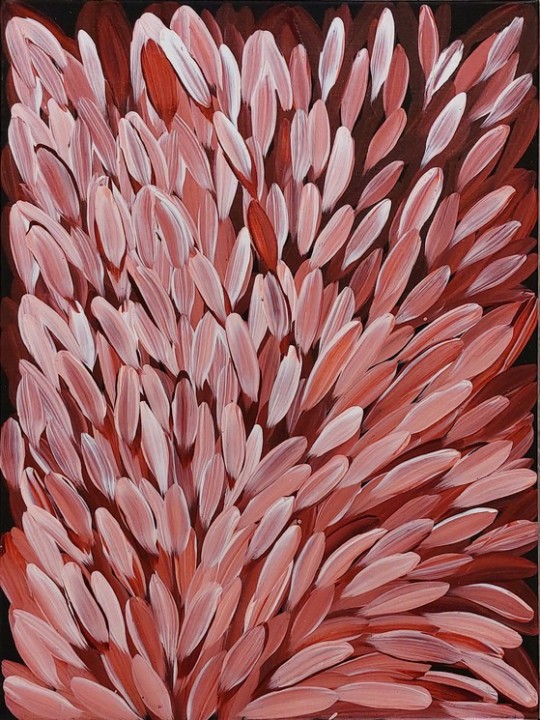

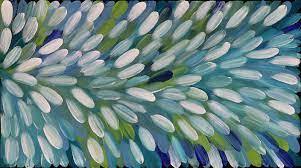


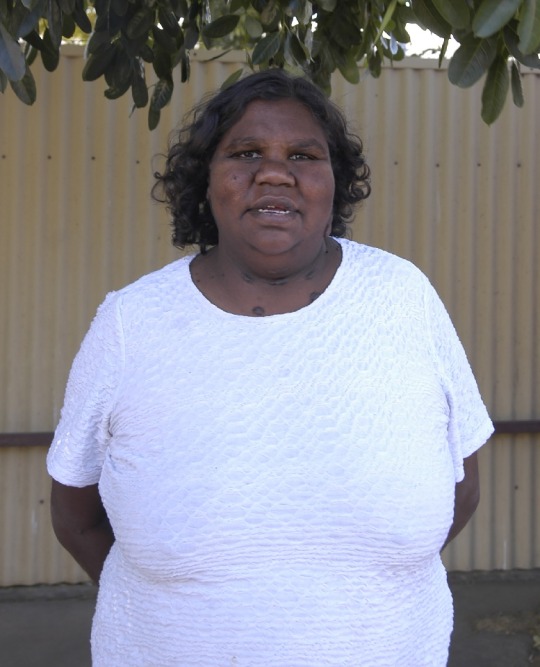
Esther Haywood, born 1982
in Alice Springs, NT
LANGUAGE GROUP: Alyawarre
COMMUNITY: Utopia, NT
Esther Haywood is part of the exciting next generation of Utopian artists who are using artmaking as a means to uphold their commitment to traditional culture and knowledge. She belongs to the Alyawarre language group and associates with her grandmothers country of Atnangkere in the Utopia region, approximately 230kms north east of Alice Springs.
As a child Esther was surrounded by celebrated Utopian artists who had led the way in depicting their ancient dreaming stories in a highly contemporary and expressive manner. Her aunties include the late Ada Bird Petyarre and Kathleen Petyarre and her cousin is Gracie Pwerle Morton.Her grandmother, internationally acclaimed artist Gloria Petyarre (deceased), taught her the songs, dances and body paint designs to all the stories that belong to her Atnangkere country. In later years, Esther also cared for her grandmother and assisted her with painting.
Esther's intimate knowledge of her culture and Country, as well as her considerable experience in painting with acrylics and canvas, has resulted in an extraordinary body of work for an artist who has only painted in her own right for a short number of years. Her sense of artistic authority has developed quickly and she is exciting everyone with the boldness and beauty of her paintings.
She carries on her grandmother's bush medicine leaf style. Bush Medicine leaves are healing leaves of the Kurrajong tree used by women from the Utopia region in traditional bush medicines. Through painting, Esther pays homage to the spirit of the bush medicine leaves to ensure its regeneration, so her people can continue to benefit from its medicinal powers.As an artist Esther has an incredible eye for detail and beautiful use of colour. Her works are radiant and dynamic. We look forward to seeing Esther develop on her incredible talent in the coming years.
Copyright Kate Owen Gallery June 2021
https://www.kateowengallery.com/artists/Est981/Est18099.htm
32 notes
·
View notes
Photo

@womensart1, twitter.com
‘Bush medicine leaves’ painting by Australian Aboriginal artist Gloria Petyarre #womensart
2 notes
·
View notes